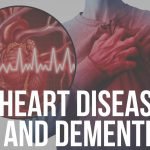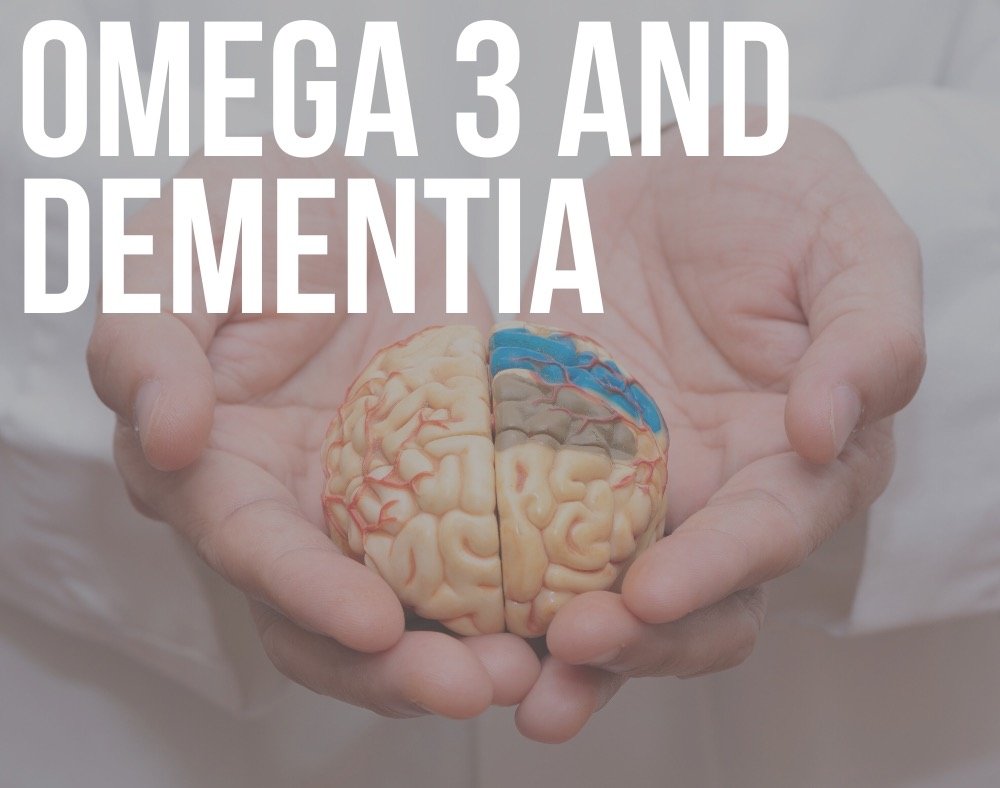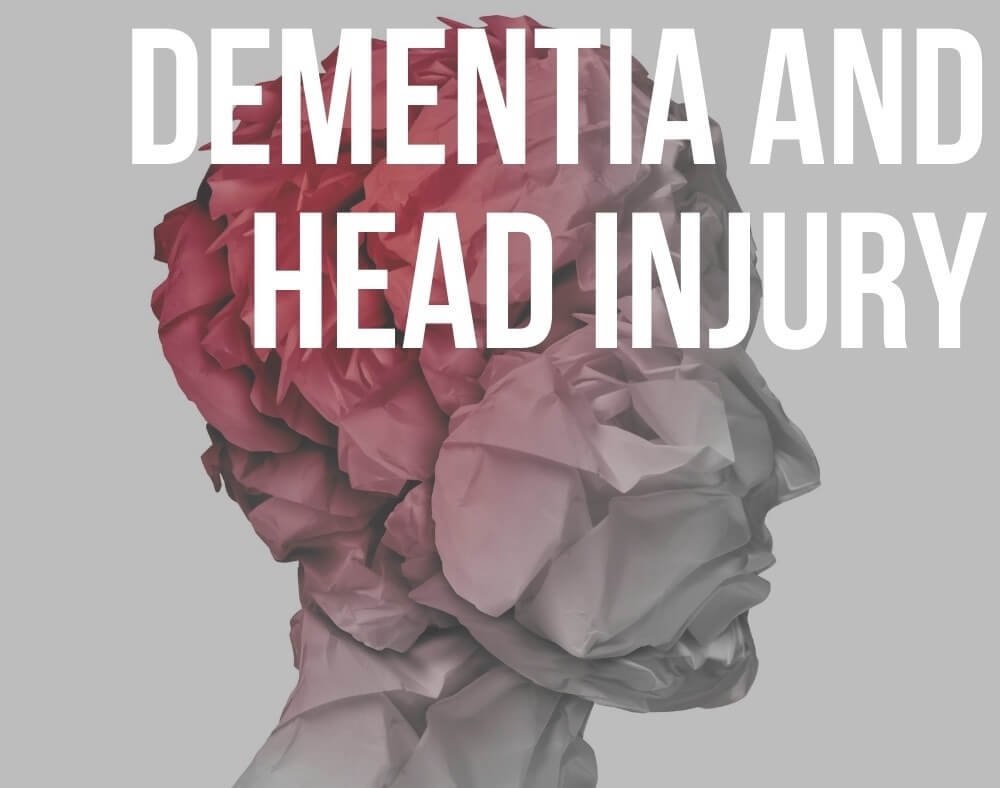A kind of dementia, multi-Infarct dementia (MID) is a type of vascular dementia that is caused by multiple strokes.
It is also considered to be the second-most common cause of dementia after Alzheimer’s disease.
The strokes interrupt blood flow to the brain, which ends up affecting how the organ functions.
A brain infarct or stroke happens due to the block or interruption of blood flow to any part of the brain.
Everything You Need To Know About Multi-Infarct Dementia
Blood transports oxygen and other essential nutrients to the brain. When the brain lacks oxygen, it causes the death of brain tissues.
Multi-Infract imply that multiple areas in the brain have been injured because of lack of blood from a series of small strokes.
There are times when blockages of the brain cause an infarction (stroke) without any stroke symptoms.
These are known as “silent” strokes which are known to increase an individual’s risk of getting vascular dementia.
If someone experiences a series of small strokes over time, they may end up developing infarct dementia.
Symptoms of Multi-Infarct Dementia

The type of symptoms a person gets often depends on the area of the brain that the stroke has damaged.
At times the symptoms appear suddenly after a stroke or they may appear slowly over time.
We can categorize MID warning signs into two major sections as seen below.
Early Dementia Symptoms
- Loss of executive function
- Getting lost in familiar places or wandering
- Short-term memory loss or confusion
- Losing bowel or bladder control
- Walking with shuffling rapid steps
- Crying or laughing inappropriately
- Challenges performing routine tasks like paying bills
- Personality changes
- Losing interest in activities or things that were previously enjoyed
Late-Stage Symptoms
As the disease progresses, a person may also experience other symptoms such as:
- Hallucinations/delusions
- Problems with simple tasks like meal preparation and dressing
- Changes in sleep patterns
- Memory loss
- Social withdrawal
- Poor judgment
- Depression
Some individuals may go through periods where they seem to improve and then decline after experiencing small strokes.
MID Risk Factors

Some of the risk factors that increase a person’s risk of getting this disease include:
Medical Conditions
Diabetes, heart failure, previous strokes, atrial fibrillation, high blood pressure, cognitive decline prior to the stroke, and hardening of the arteries are some of the medical conditions that increase the risk of MID.
Age
Increasing age is a common risk factor for all types of dementia including MID.
The disease mostly affects persons who are between the ages of 60-75. In some rare cases, some people get the illness before they celebrate their 60th birthday.
Research also shows that men are slightly more likely to develop the disease than women.
Lifestyle Risk Factors
These include alcohol consumption, smoking, little to no physical activity, poor diet, and low level of education.
Diagnosing Multi-Infarct Dementia

There is no single test that can determine whether a person has MID or not. Worth noting is that each MID case is not the same.
One person may experience severe memory impairment while another individual may only experience mild memory loss.
Diagnosis can also be difficult because it is possible for a person to have both Alzheimer’s disease and MID making it challenging for a doctor to diagnose either of the diseases.
Medics base diagnosis on a number of factors such as:
- History of stepwise mental decline
- Blood pressure reading
- Neurological exam
- Blood tests
- Physical Exams: this is where the doctor will ask questions pertaining to diet, sleep patterns, medications, past strokes, personal habits, stressful events, recent illness, and other medical issues.
- Ruling out other causes of dementia like depression, diabetes, anemia, high cholesterol, brain tumors, carotid stenosis, chronic infections, thyroid disease, drug intoxication, vitamin deficiency, and high blood pressure.
- Radiological imaging tests such as X-rays, CT & MRI scans that detail tiny areas of tissue that died from lack of adequate blood supply, electroencephalograms that measure the electrical activity of the brain, and transcranial doppler that is used to measure the velocity of blood flow through the blood vessels in the brain
MID Treatment Options

Currently, there is no treatment for multi-infarct dementia.
Experts have not yet discovered how to reverse brain damage that occurs after a stroke. Treatment options mainly focus on preventing strokes from reoccurring in the future.
This is done by putting in place measures to avoid or control the medical conditions and diseases that put individuals at risk of experiencing strokes.
Stroke risk factors include diabetes, high blood pressure, cardiovascular disease, and high cholesterol.
Treatment is also tailored to a person’s individual and most of them will include:
Medications
Doctors may prescribe certain medications to help improve symptoms such as:
- Folic acid
- Memantine
- Hydergine
- Nimodipine
- Angiotensin: these help to lower blood pressure by converting enzyme inhibitors
- Calcium channel blockers that help with short-term cognitive function
- Some serotonin reuptake inhibitors that are antidepressants which may help neurons grow in a bid to re-establish connections in the brain
Healthy Lifestyle Habits
Practicing healthy habits is also key when it comes to MID treatment and some of them include:
- Maintaining a healthy weight
- Not smoking
- Moderately using alcohol
- Exercising
- Eating a healthy diet
Alternative Therapies
Herbal supplements are also common when it comes to treating MID. However, more studies are still necessary to prove their efficiency.
Some of the herbal supplements that are being studied for use in MID treatment are:
- Lemon Balm: A great alternative to restore memory
- Wormwood: It enhances cognitive function
- Water Hyssop: Used to improve intellectual function and memory
It is important to consult a doctor before taking any supplements to be on the safe side.
Other treatment options include rehabilitation therapy for mobility problems and cognitive training to help regain mental function.
Caregiver Support
Relatives and friends of persons with MID can help them cope with their physical and mental problems.
This can be done by encouraging regular physical and social activities as well as daily routines to help reinforce mental abilities.
Alarm clocks, calendars, and lists are useful when it comes to reminding the affected persons of important events and times.
MID Prognosis

The prognosis for persons with multi-infarct dementia is not clear.
This is mostly because the symptoms of the disease can appear all over sudden after each small stroke mostly in a step-wise pattern.
Some individuals with the disorder can appear to improve after some time and then decline after experiencing silent strokes.
The disease will spiral downwards with intermittent periods of fast deterioration. Some people may die after a MID diagnosis while others will survive many years.
Death may also occur from heart disease, stroke, pneumonia, or other infections.







